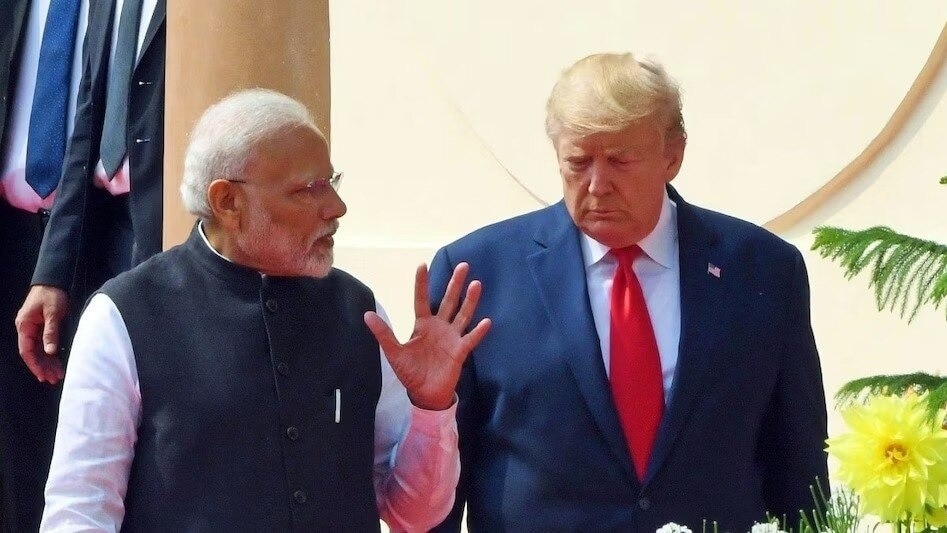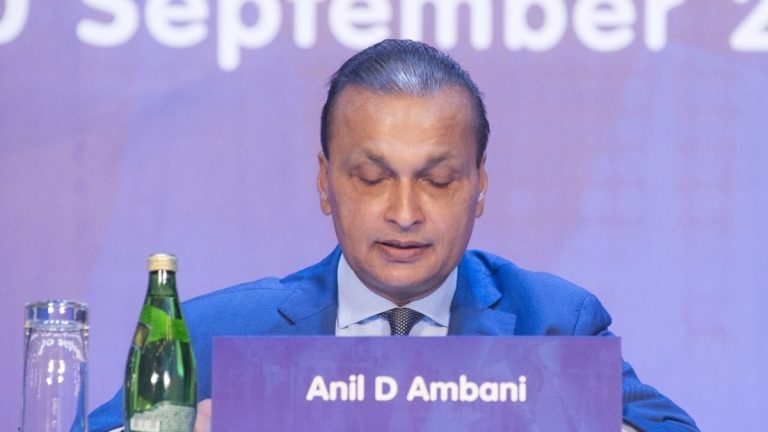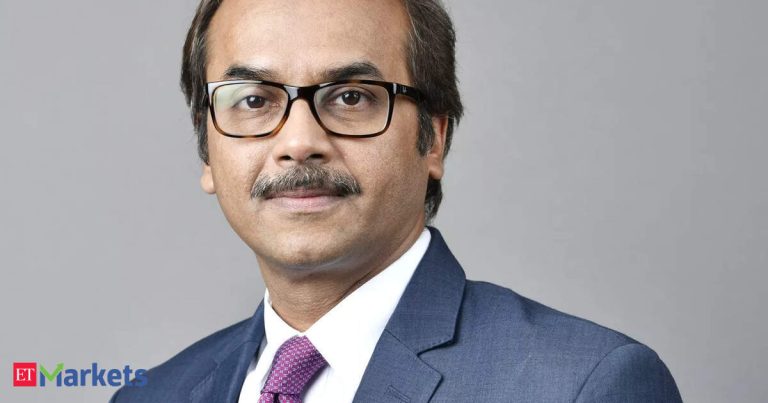Trade talks between India and the United States are stalled, mired in a familiar stalemate. There is no deal on the table — only a bruising 25% tariff wall, with penalties stacked on top. Other nations have already blinked. China, armed with rare earth dominance, has cut a favourable deal. India doesn’t have that luxury — or those minerals.
Washington’s demands are blunt: zero tariffs, full market access, no exceptions for sensitive sectors like textiles and automobiles. There is no Asia carve‑out, no middle ground.
Donald Trump’s message is simple — deal or no deal. But this is not a binary choice; it’s a relentless squeeze. The tariffs are the tactic, not the goal. His strategy is to keep pressing India into a corner.
This isn’t just about trade. Trump’s worldview colours his stance. He believes Russia should be “restored” to its place on the world stage. In his vision, when the Ukraine war ends, Moscow re‑emerges stronger — and India is expected to absorb the ripple effects: more defence spending, more arms purchases, even whispers of new foreign bases on our soil.
For now, time is India’s shield. Oil disruptions and Russia’s tariff maneuvers may ease in two or three months, and New Delhi can likely absorb the current pain until October. But eventually, reality will set in. A rough sketch of compromise is already visible: a 19–20% tariff regime, acceptance of U.S. product standards (with carve‑outs for genetically modified goods), and some front‑loaded tariff cuts.
Yet, irony lingers — many American products will still be too expensive for Indian buyers, blunting some of Washington’s ambitions.
If a deal comes, it won’t be grand. India will likely end up buying more American defence systems, energy, maybe even nuclear supplies. But hard truths must be faced. India cannot freely invest in the U.S. We don’t have rare earths or other critical resources that bring bargaining power. We are neither economically nor militarily imposing. And we remain boxed in by two hostile neighbours.
This won’t be the sweeping free trade agreement that headlines dream of — just an understanding, enforced by customs officers and bureaucrats, and easily unraveled when Trump leaves office.
That’s why the real work must start at home. India has to strengthen its economy — and make it truly competitive. That means shielding against dumping, chasing new markets, and building South‑South partnerships that give us leverage we currently lack.
The U.S. will keep pressing. Tariffs will rise and fall. Deals will be made and unmade. But in the end, India must decide whether it wants to remain a price-taker in global trade — or start writing the price tags itself.
(The author is former Secretary, Economic Affairs, GoI)






